
EDITORIAL ILLUSTRATIONS
2019-2022
A collection of illustrations done for the New York Times, the New Yorker, Stanford Business Magazine, Spectrum Magazine and the Octopus (IDEO's blog). Editorial illustrations have a job to do and a nugget to clearly communicate, while still having space for visual expression and interpretation. It doesn't hurt that the articles and reviews I’ve illustrated have largely been science related, reuniting me with my long lost love of reading scientific non-fiction.
field Illustration
client NYTimes, New Yorker, Stanford Business Magazine, Spectrum Magazine, IDEO
PRESS
NYTimes: The Year in Illustration 2021
A collection of illustrations done for the New York Times, the New Yorker, Stanford Business Magazine, Spectrum Magazine and the Octopus (IDEO's blog). Editorial illustrations have a job to do and a nugget to clearly communicate, while still having space for visual expression and interpretation. It doesn't hurt that the articles and reviews I’ve illustrated have largely been science related, reuniting me with my long lost love of reading scientific non-fiction.
field Illustration
client NYTimes, New Yorker, Stanford Business Magazine, Spectrum Magazine, IDEO
PRESS
NYTimes: The Year in Illustration 2021
︎︎︎THE NEW YORK TIMES

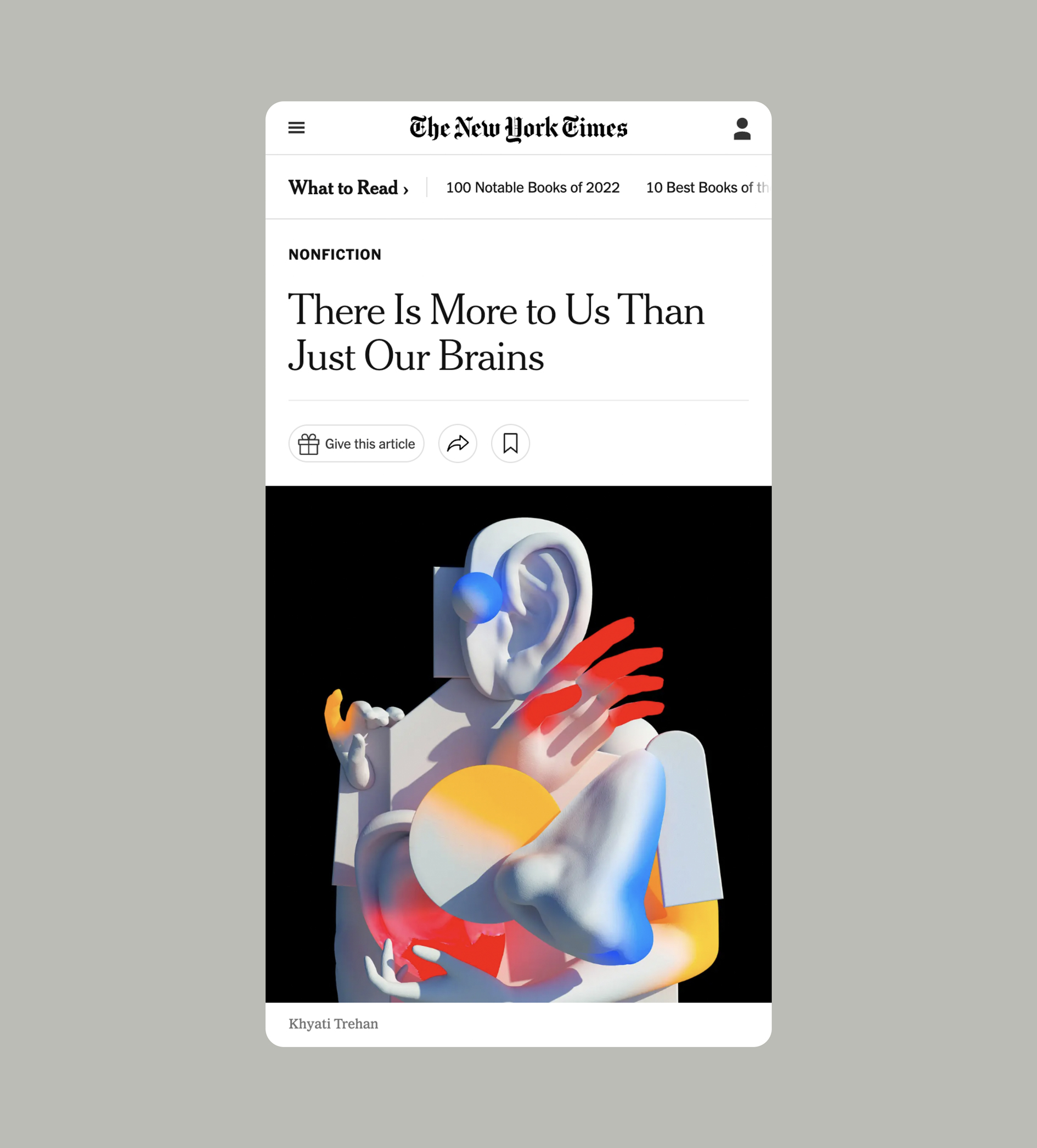
'There is more to us than just our brains' reviews the book 'The Extended Mind' by Annie Murphy Paul and digs into the power of thinking outside the brain. The illustration lives in the NYTimes Book review section and visualises our ability to hear the signals that our bodies are communicating to us every bit as much as our brains are. Art direction by Matt Dorfman.
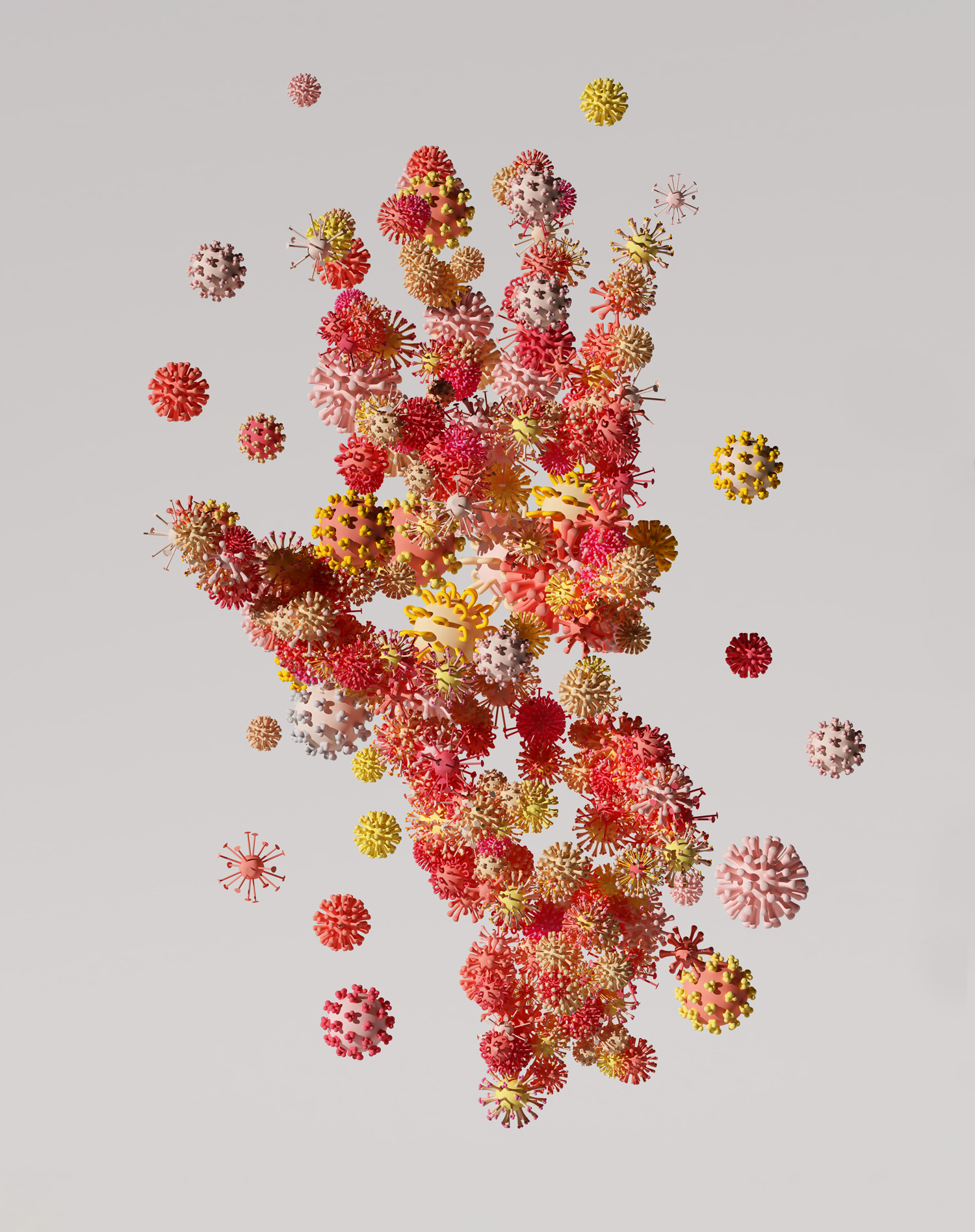
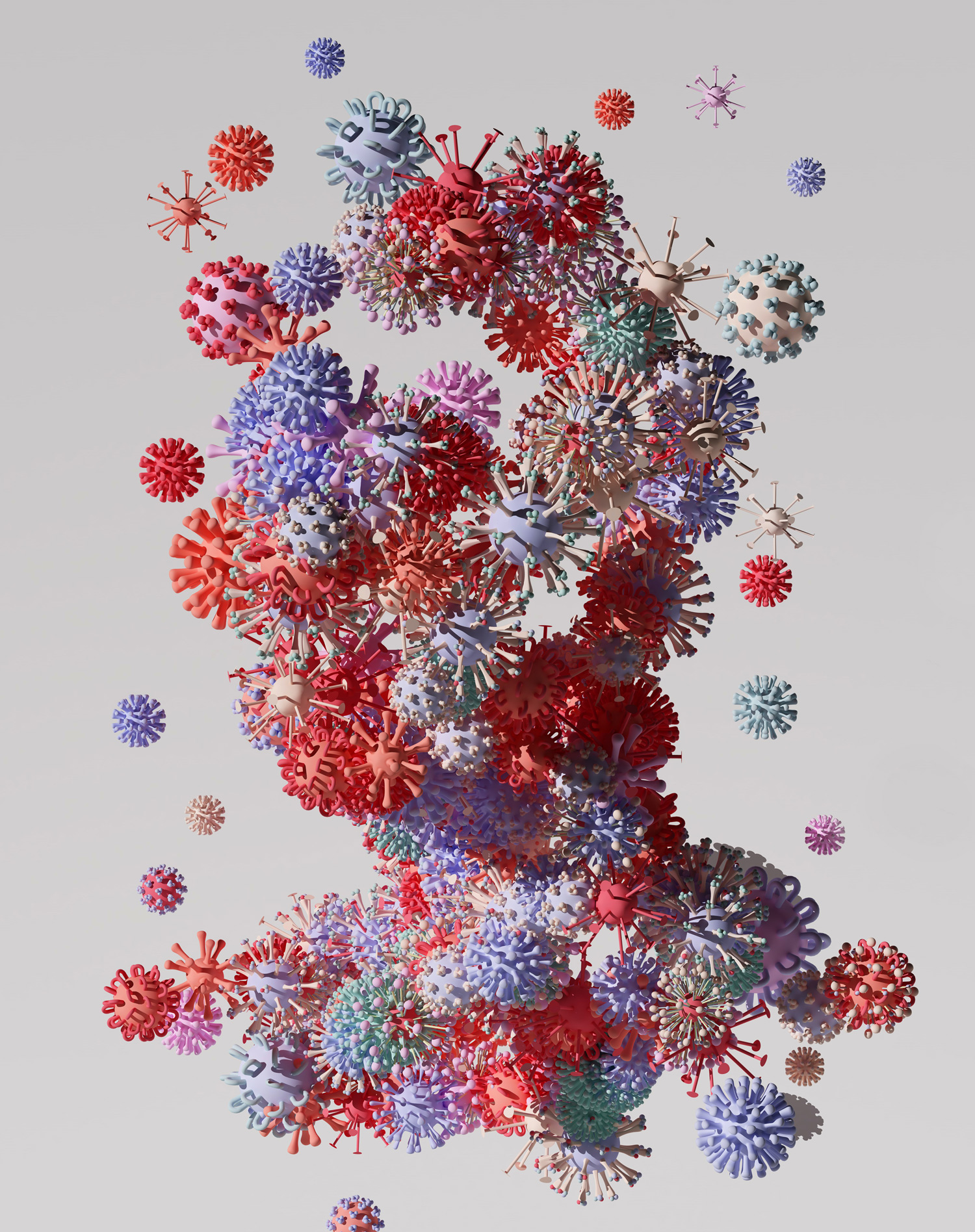
'The secret life of a Coronavirus' is an essay by Carl Zimmer adapted from his book ‘Life’s Edge’. The full page illustration is featured on the cover of the NYTimes Sunday Review along with a supporting visual. The breathing animation of the key visuals echos a big question in the essay and asks: Are viruses Alive? Art direction by Arsh Raziuddin & Frank Augugliaro.
︎︎︎WIRED MAGAZINE


'The Unbelievable Zombie Comeback of Analog Computing' by Charles Platt positions analog computing as our best hope for not only solving the growing problem of heat dissipation, but also for revolutionizing the outer limits of computation. What if analog could take advantage of modern technology, so it wouldn’t suffer the limitations that originally killed it?
︎︎︎THE NEW YORKER MAGAZINE

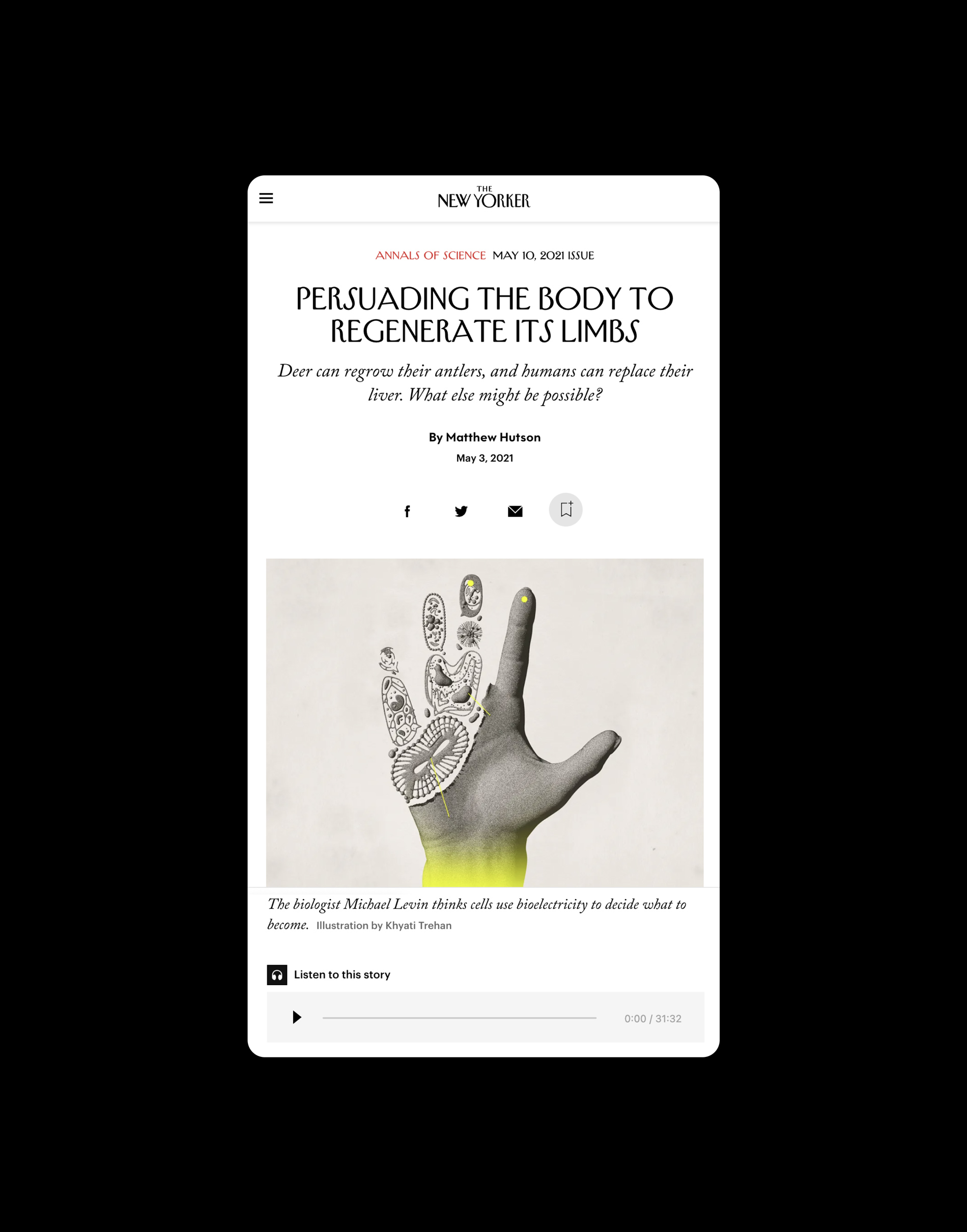
‘Persuading the body to regenerate its limbs’ illustrates an essay by Matthew Hutson in the New Yorker Magazine on the biologist Michael Levin's theory that cells use bioelectricity to decide what to become. Art Direction by Chris Curry.
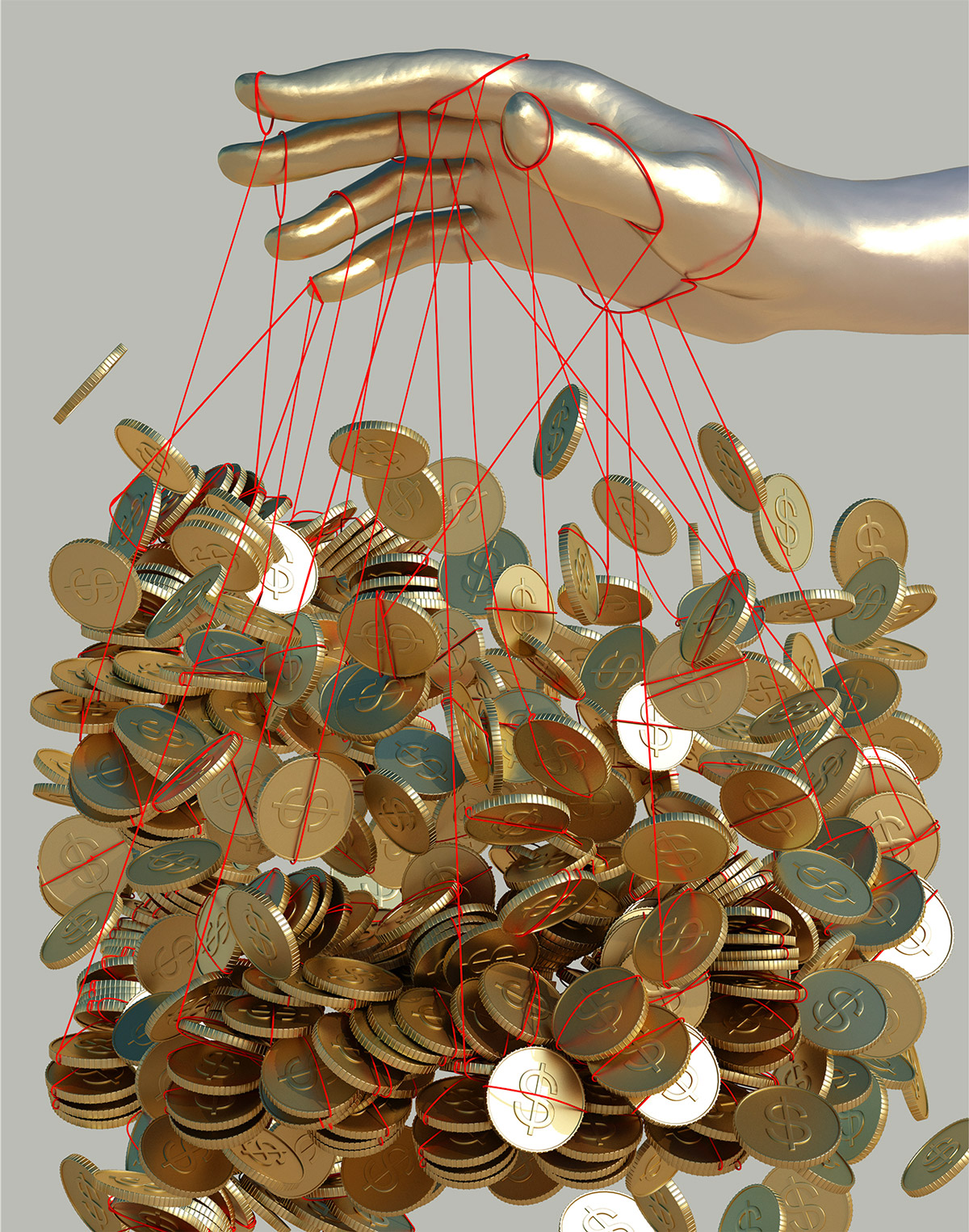
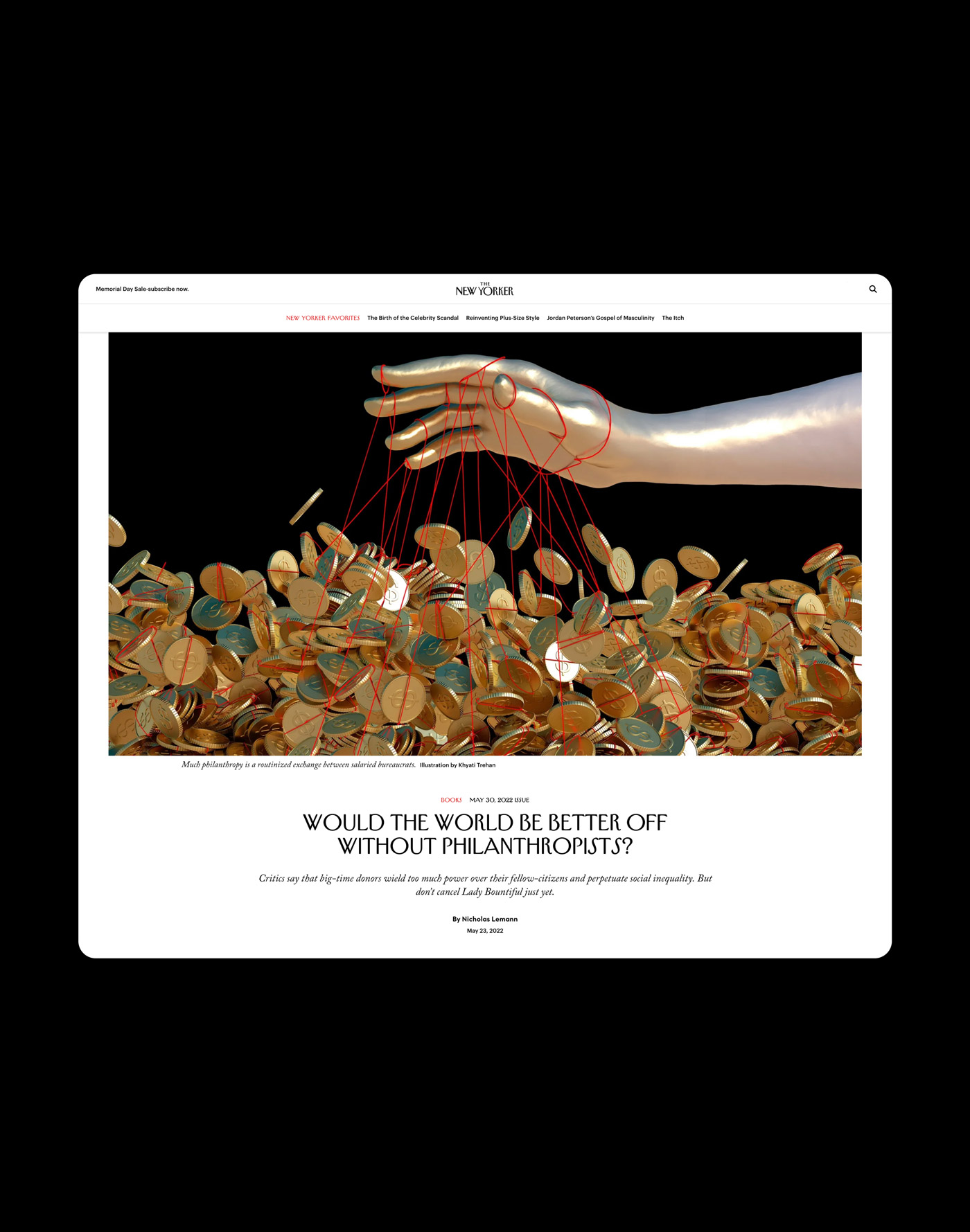
'Would the world be better off without Philanthropists?' Much philanthropy is a routinized exchange between salaried bureaucrats. Critics say that big-time donors wield too much power over their fellow-citizens and perpetuate social inequality. But don’t cancel Lady Bountiful just yet. Art Direction by Alexandra Zsigmond.
︎︎︎THE WASHINGTON POST


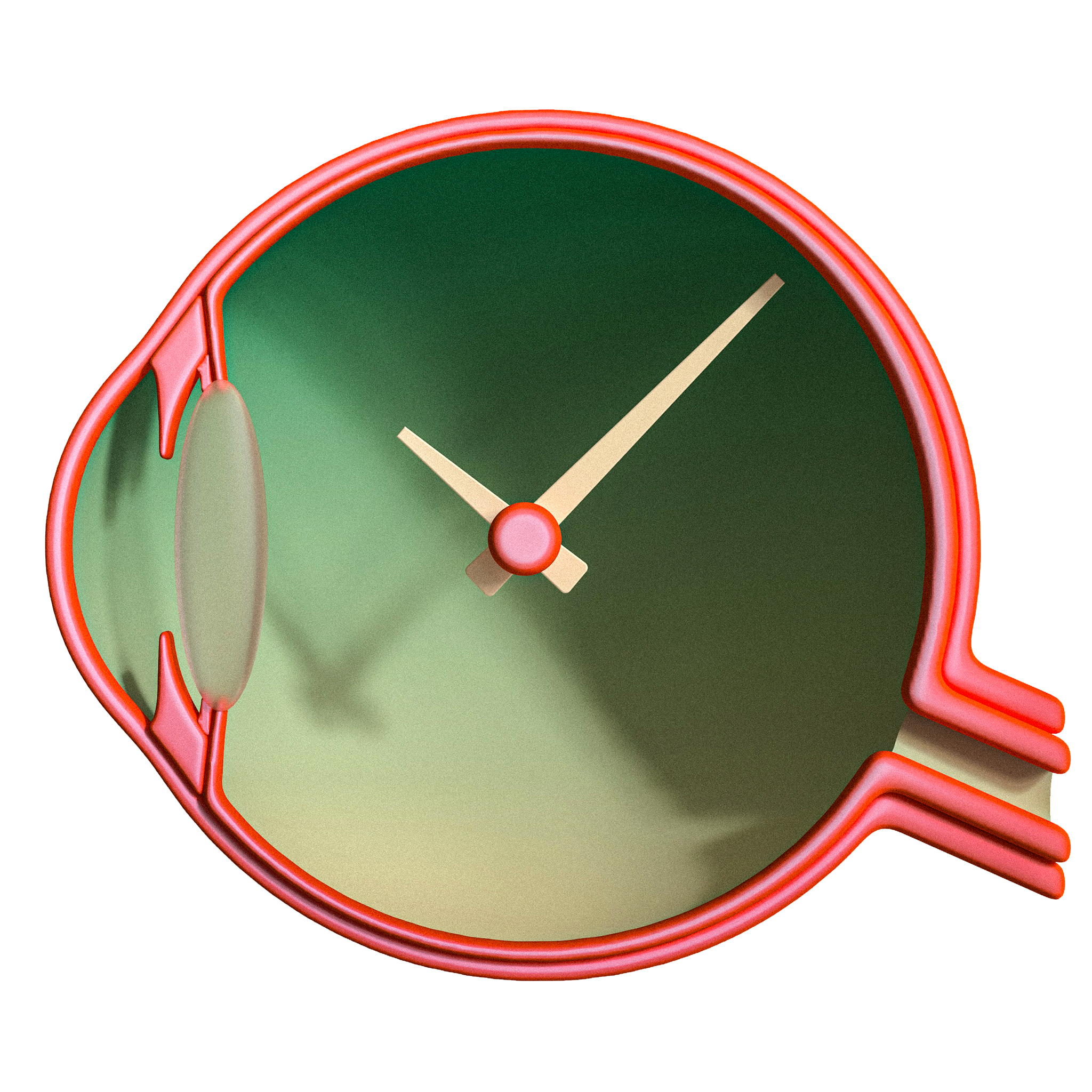
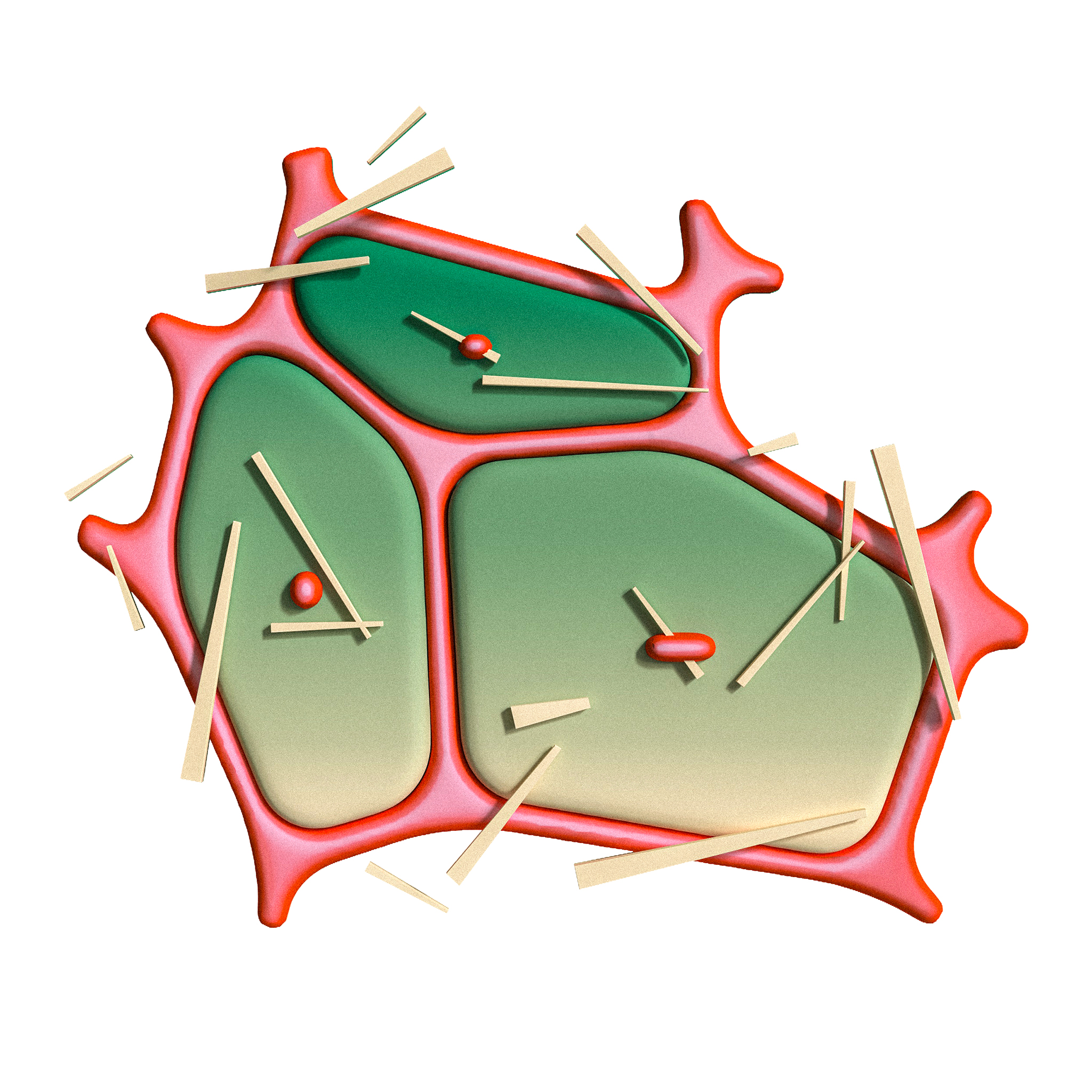
‘Inside the scientific quest to reverse human aging: Can reprogramming our genes make us young again? A breakthrough in longevity research may be nearing its first human trials.’ Art Direction by Chelsea Conrad
︎︎︎stanford business MAGAZINE


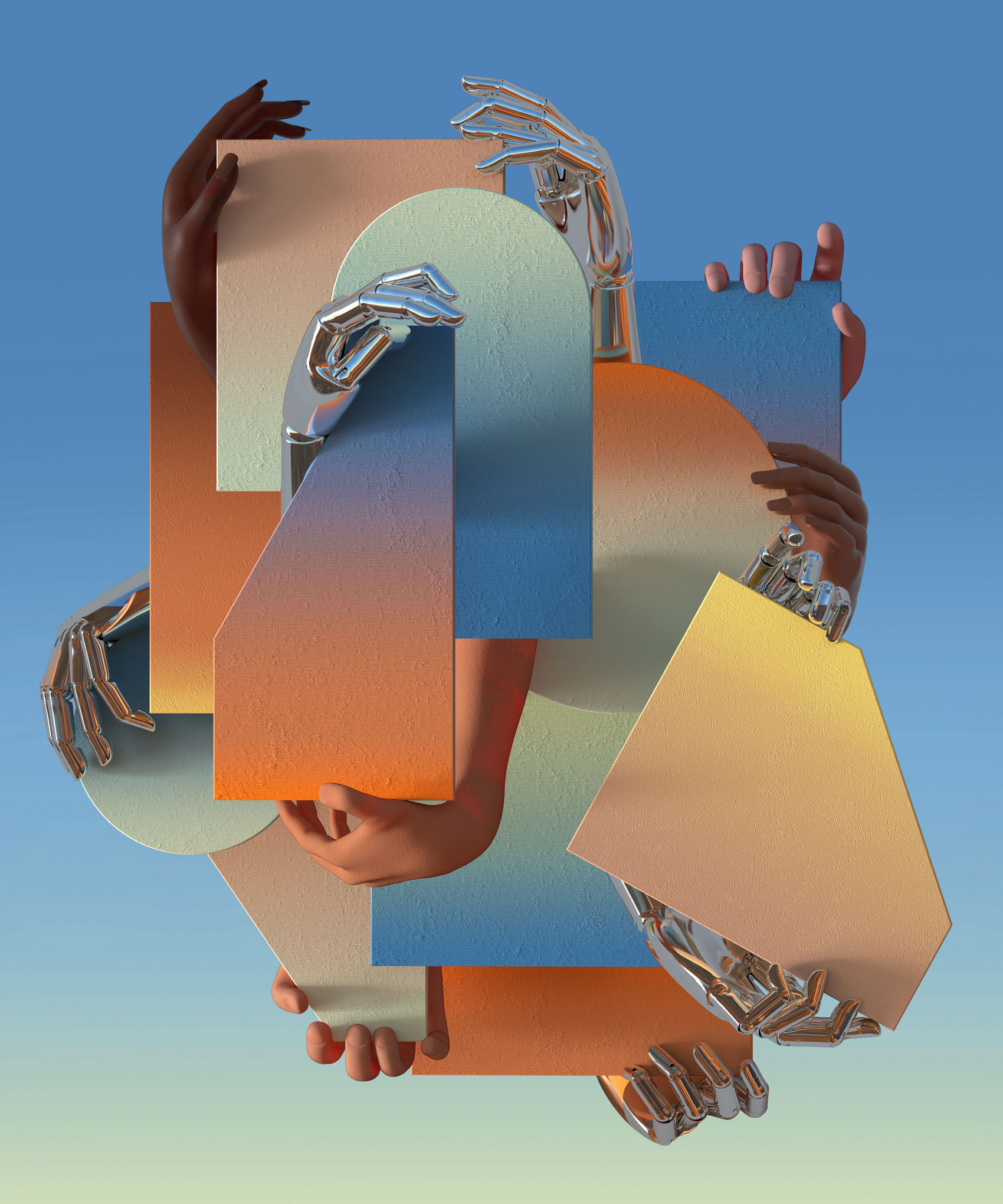
The cover story follows the work of Stanford professors working on the topic of AI, specifically how a human-centered approach to artificial intelligence envisions a future where people and machines are collaborators, not competitors. Art direction from Laura Thorne of Point Five Design.
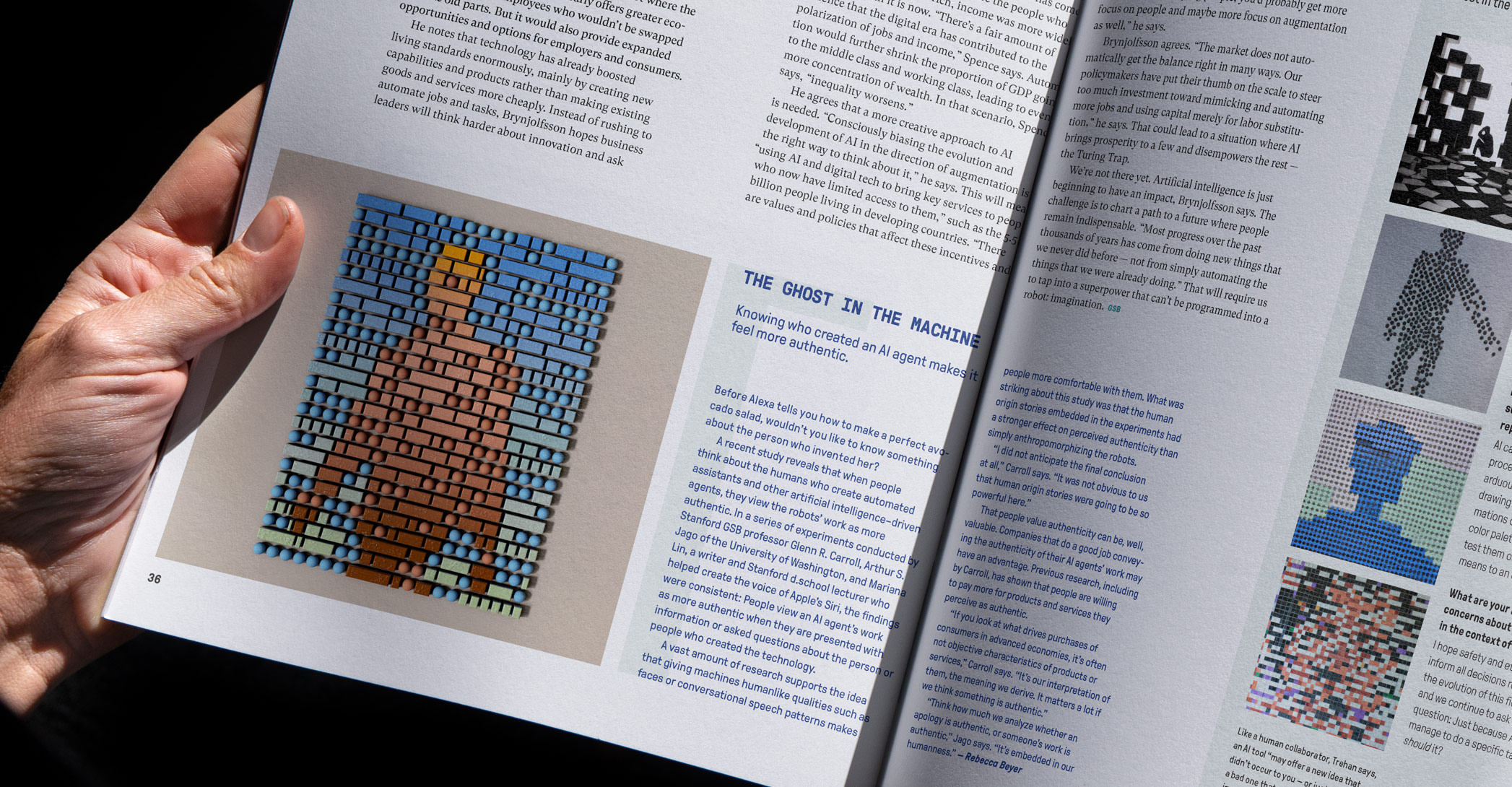
'Ghost in the Machine' visualises a recent study that reveals knowing who created the AI agent makes it feel more authentic. 'Flip Flop' illustrates ‘Why Zillow’s Algorithmic Home Buying Venture Imploded.' Months before the company quit flipping houses, Stanford researchers spelled out the risks of iBuying. 'Trust but Verify' supports the sub-article 'Peeking Inside the “Black Box” of Machine Learning' and asks if a complex data analysis tool can’t explain its decisions, how do we know it’s accurate — or fair?



︎︎︎SPECTRUM MAGAZINE
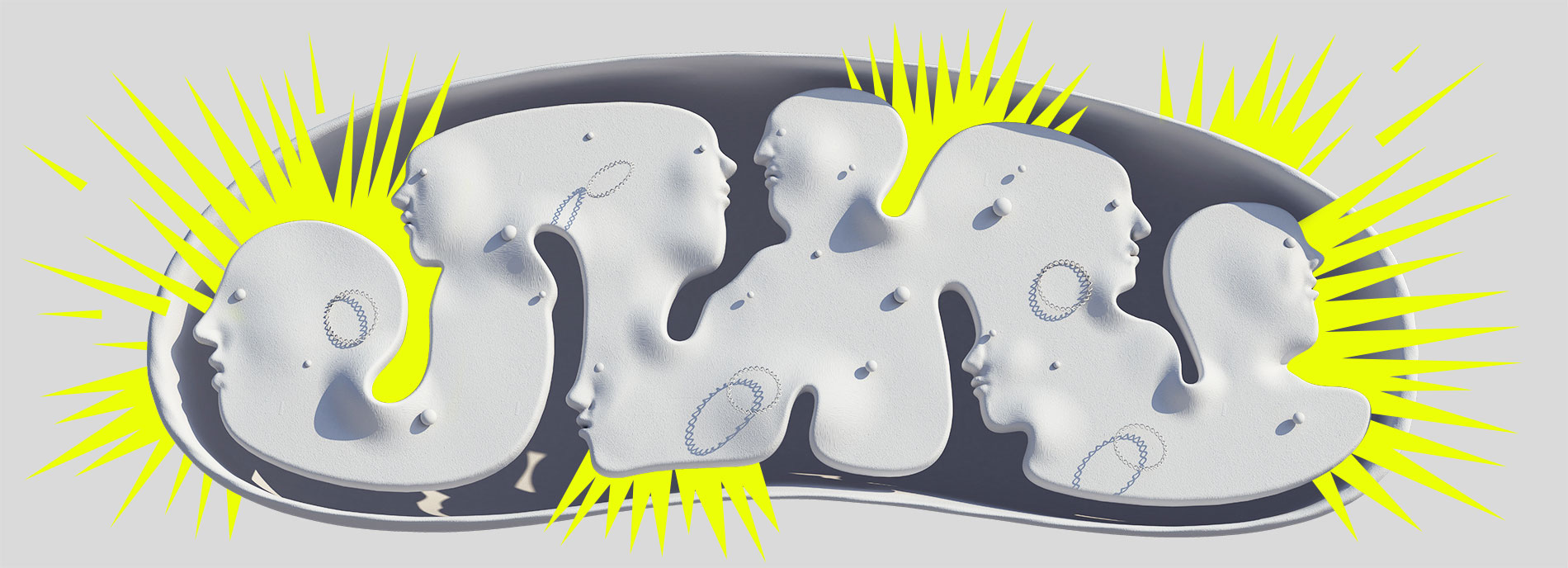
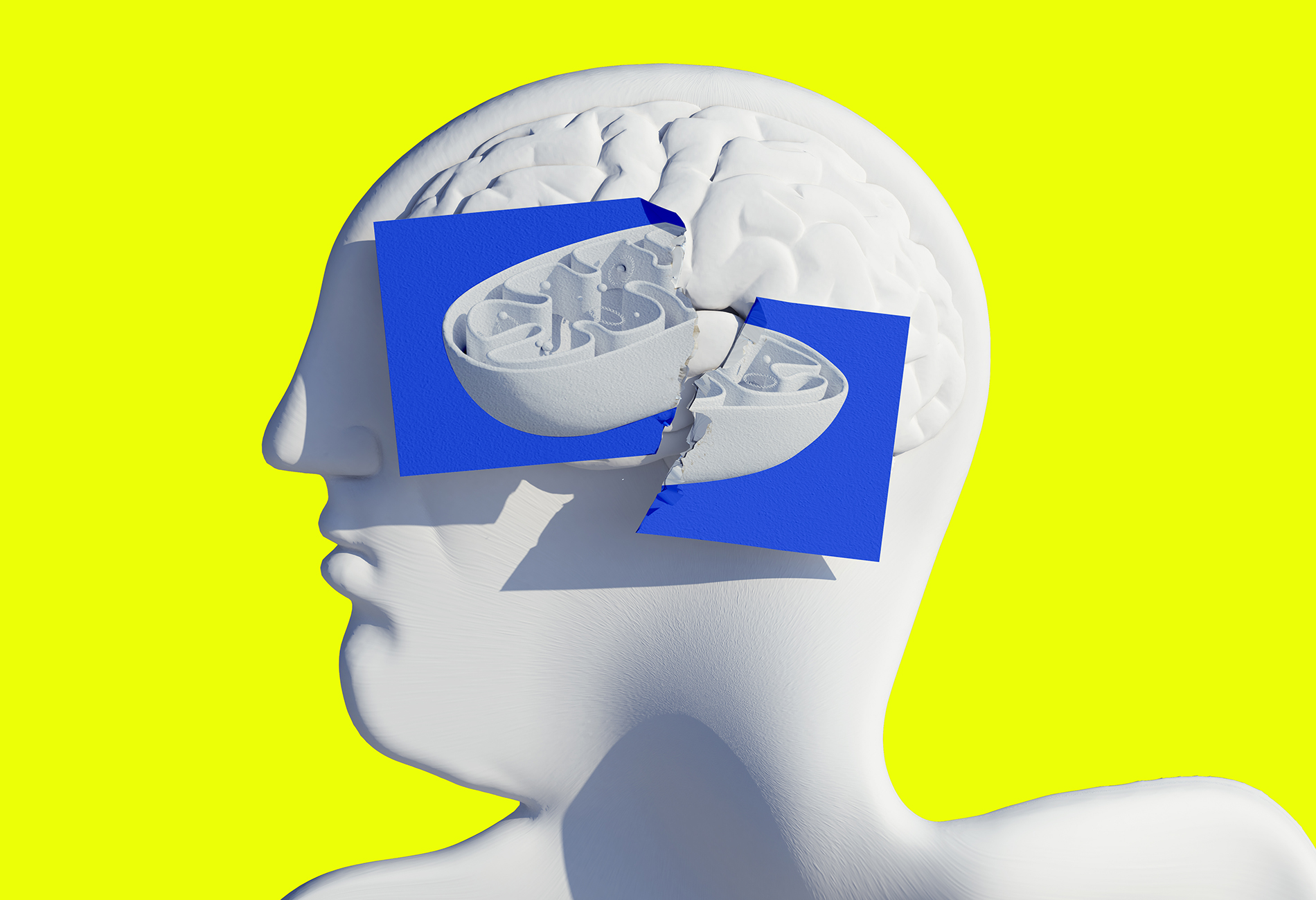
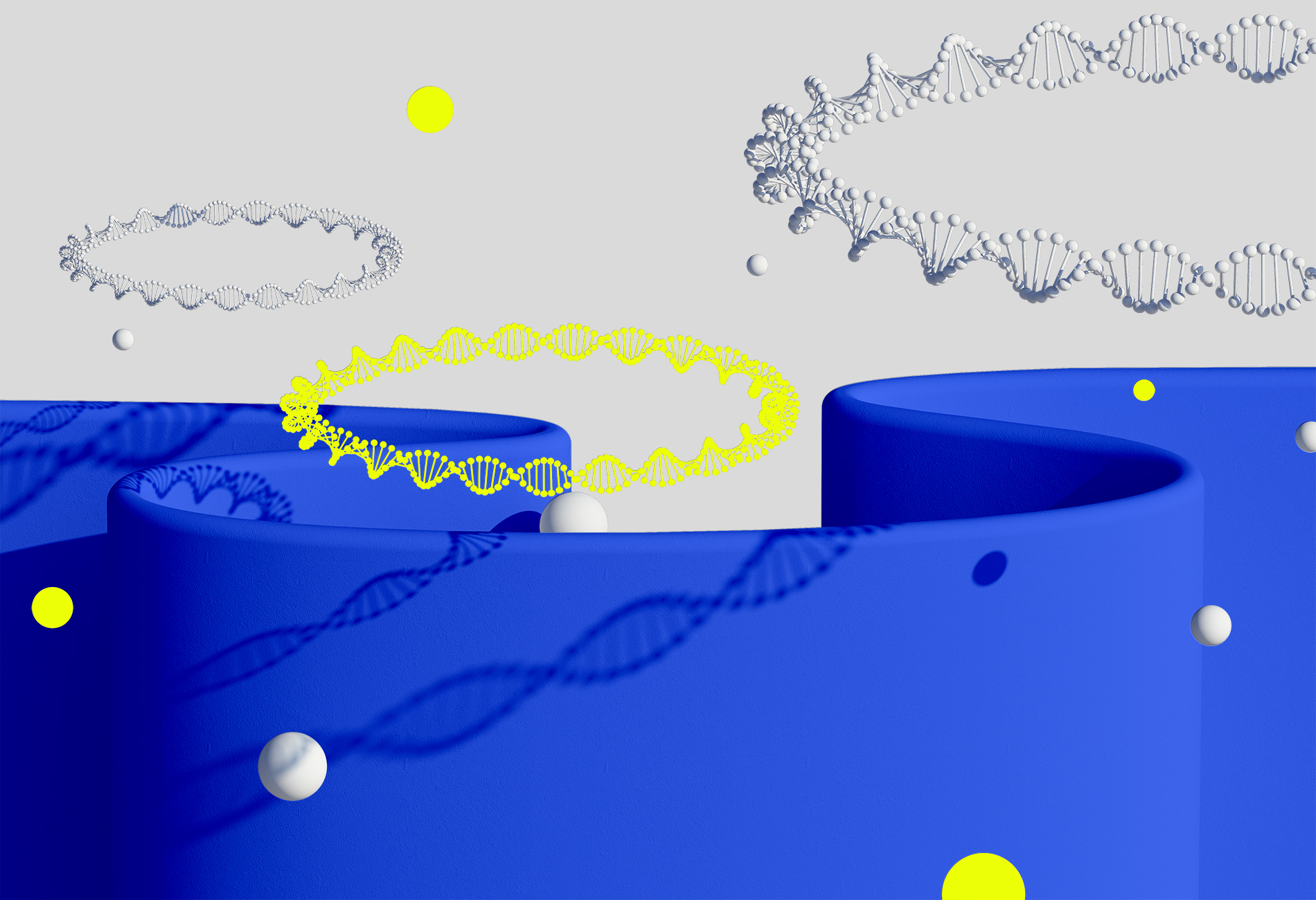
Spectrum News is an autism research and expert opinion publication. The set of illustrations visualise the article ‘Meet the mitomaniacs, who say mitochondria matter in Autism’. Art direction by Rebecca Horne.
︎︎︎THE octopus (ideo)

In this blog post, Nicki Schafer shares how he whipped up a sous vide machine at home to cook the perfect dinner for his friends and what it taught him about prototyping.

The circular economy needs to shift gears if we are to drive a more equitable and regenerative society. Chris Grantham and Vanessa Egli believe that the key is nurturing the mindset that can see this through.